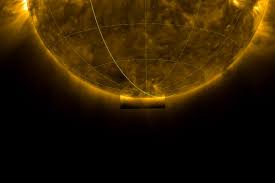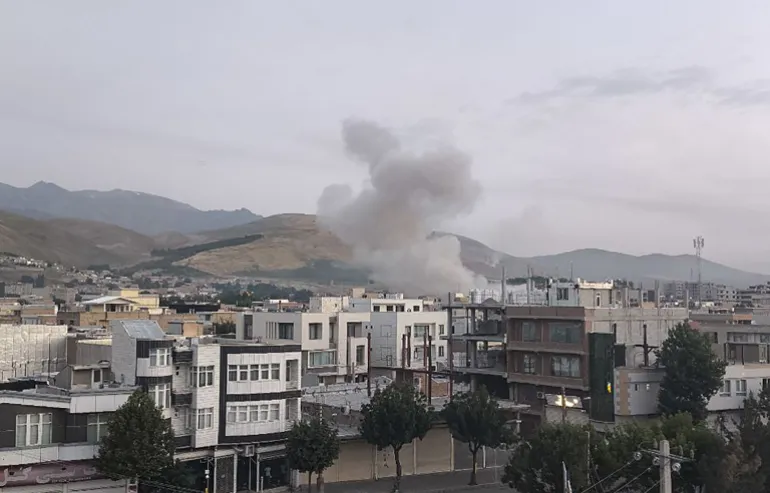- Courses
- GS Full Course 1 Year
- GS Full Course 2 Year
- GS Full Course 3 Year
- GS Full Course Till Selection
- Answer Alpha: Mains 2025 Mentorship
- MEP (Mains Enrichment Programme) Data, Facts
- Essay Target – 150+ Marks
- Online Program
- GS Recorded Course
- Polity
- Geography
- Economy
- Ancient, Medieval and Art & Culture AMAC
- Modern India, Post Independence & World History
- Environment
- Governance
- Science & Technology
- International Relations and Internal Security
- Disaster Management
- Ethics
- Current Affairs
- Indian Society and Social Issue
- NCERT- Science and Technology
- NCERT - Geography
- NCERT - Ancient History
- NCERT- World History
- CSAT
- 5 LAYERED ARJUNA Mentorship
- Public Administration Optional
- ABOUT US
- OUR TOPPERS
- TEST SERIES
- FREE STUDY MATERIAL
- VIDEOS
- CONTACT US
Cold Wave
Cold Wave

Cold Wave
Why in News?
From the beginning of 2023 only, Delhi and other parts of North India are facing Severe Cold Wave.
More about the News
1. The lowest minimum temperature recorded in Delhi this month was 1.9 degrees Celsius on January 8, the 2nd lowest minimum temperature in January in 15 years.
2. Fog and low cloud coverage brought severe cold day conditions to the region, when temperatures remained below normal over parts of Delhi, Punjab, Haryana, Chandigarh, Himachal Pradesh, Rajasthan, Uttar Pradesh and Madhya Pradesh.
So, What is Cold Wave?
1. A cold wave is a rapid fall in temperature within 24 hours to a level requiring substantially increased protection to agriculture, industry, commerce, and social activities.
2. Cold Wave Conditions:
A) For the plains, a cold wave is declared when the minimum temperature is 10 degrees Celsius or below and is 4.5 degrees Celsius (C) less than normal for 2 consecutive days.
B) A "severe" cold day is when the maximum temperature is at least 6.5 degrees below normal.
C) For coastal stations, the threshold value of minimum temperature of 10 degree Celsius is rarely reached. However, the local people feel discomfort due to the wind chill factor which reduces the minimum temperature by a few degrees depending upon the wind speed.
What Factors are Responsible for this Cold Wave?
1. Large Scale Fog:
A) As per the India Meteorological Department (IMD), one of the major factors contributing to colder than normal temperatures over north India in January 2023 is the large-scale fog cover. Fog has been lasting for longer durations, preventing sunlight from reaching the surface and affecting the radiation balance. There is no heating in the day time, and then there is the impact of the night.
2. Foggy Nights:
A) Foggy or cloudy nights are usually associated with warmer nights, but if the fog remains for 2 or 3 days, cooling begins even at night.
B) Light winds and high moisture near the land surface have been contributing to the formation of a blanket of fog over large areas of the Indo-Gangetic plains in the morning.
3. Westerly Winds:
A) Since there has not been any significant impact of western disturbances over the region, cold northwesterly winds have also been contributing to low temperatures.
B) Westerly and northwesterly winds of around 5 to 10 kmph in the afternoon have also been contributing to the dip in temperature.
About India’s Core Cold Wave Zone
1. India’s ‘core cold wave zone’ covers Punjab, Himachal Pradesh, Uttarakhand, Delhi, Haryana, Rajasthan, Uttar Pradesh, Gujarat, Madhya Pradesh, Chhattisgarh, Bihar, Jharkhand, West Bengal, Odisha and Telangana.
2. Causes of Cold Wave in India are:
A) Absence of Cloud Cover in the Region: Clouds trap some of the outgoing infrared radiation and radiate it back downward, warming the ground.
B) Snowfall in the upper Himalayas, that has blown cold winds towards the region.
C) Subsidence of Cold Air over the Region: Subsidence is the downward movement of cold and dry air closer to the surface.
D) La Nina: Prevailing La Nina conditions in the Pacific Ocean. La Nina is the abnormal cooler sea surface temperatures reported along the equatorial Pacific Ocean and it is known to favour cold waves. During La Nina years, the severity of cold conditions becomes intense. The frequency and area covered under the grip of a cold wave becomes larger.
E) Western Disturbances: Western disturbances can cause cold waves in India. Western disturbances are weather systems that originate in the Mediterranean Sea and move eastward, bringing cold winds, precipitation and cloud cover to the northwest regions of India. These disturbances can lead to a drop in temperature and cause cold wave conditions. However, not all western disturbances bring cold wave conditions.
About the India Meteorological Department (IMD)
1. IMD was established in 1875.
2. It is an agency of the Ministry of Earth Sciences of the Government of India.
3. It is the principal agency responsible for meteorological observations, weather forecasting and seismology.
Must Check: Best IAS Coaching Institute In Delhi



